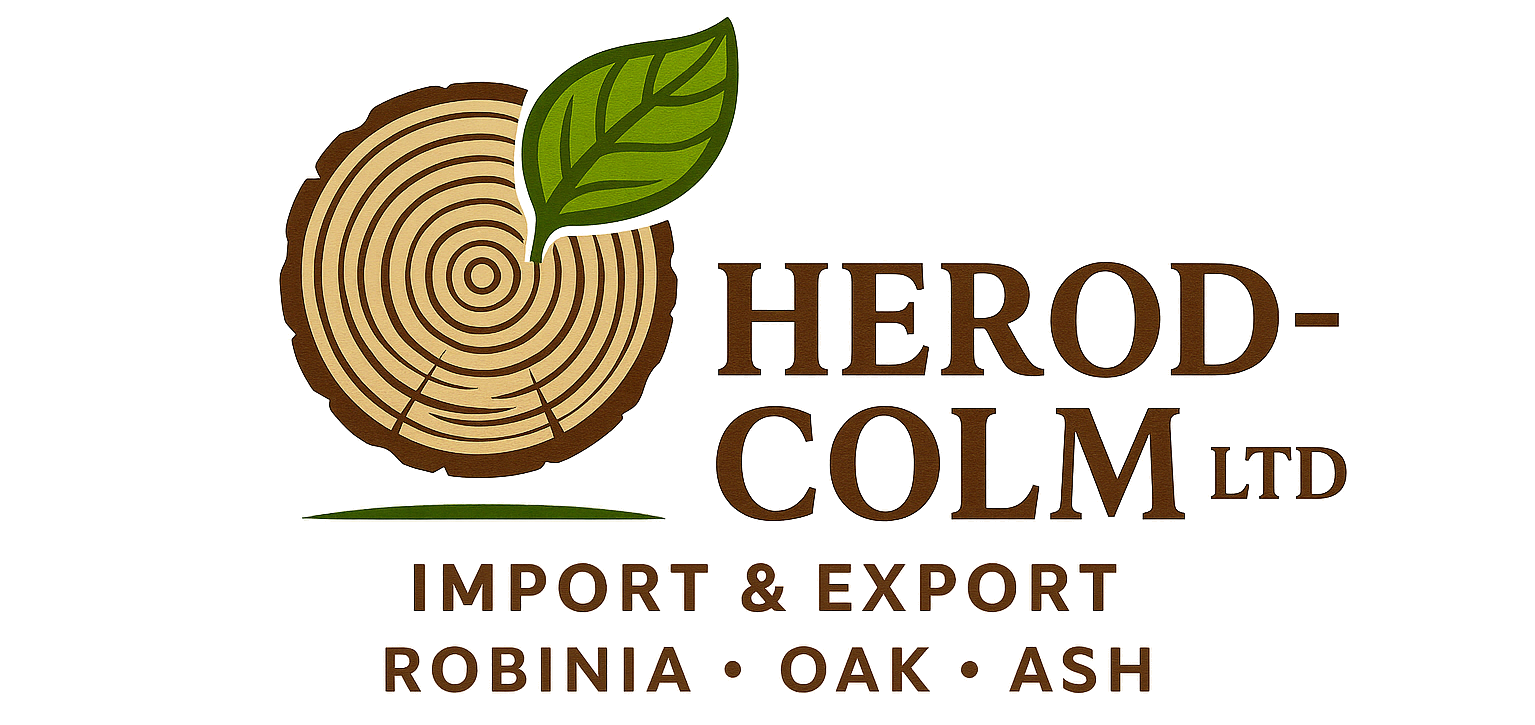Oak vs. Ash Timber – Which One is Better for Furniture?
Table of Contents
ToggleIntroduction
When choosing the right hardwood for construction, furniture manufacturing, or export, few species are as highly valued as oak and ash. Both timbers have long traditions in European markets, each with unique characteristics that make them suitable for different applications. Understanding their technical properties, durability, and aesthetic appeal is crucial for professionals seeking long-term reliability and consistent quality.
Oak Timber Characteristics
Oak has been one of the most sought-after hardwoods in Europe for centuries. Known for its remarkable strength, density, and resistance to decay, oak is widely used in flooring, furniture, joinery, and even wine barrels.
Durability: Oak is naturally resistant to moisture and insect attacks, which makes it highly suitable for both interior and exterior applications.
Density: With an average density of 700–900 kg/m³, oak is heavier and sturdier than most hardwoods, ensuring long-lasting structures.
Workability: Although it is a hard timber, oak can be machined, glued, and finished with precision. Its surface takes stain and polish exceptionally well.
Appearance: European oak is recognized for its golden-brown color, distinct grain pattern, and natural character, which brings elegance and warmth to high-end furniture.
Oak is often the first choice when clients demand prestige, strength, and timeless appeal.
Ash Timber Characteristics
Ash timber offers a completely different set of advantages. Unlike oak, it is known for its flexibility, lighter color tones, and shock resistance, making it a favorite in specific industries.
Flexibility & Shock Resistance: With a slightly lower density (650–750 kg/m³), ash is easier to work with and offers excellent bending properties. This makes it ideal for tool handles, sports equipment, and furniture that requires resilience.
Color & Grain: Ash is typically pale cream to light brown with a straight, attractive grain. This allows for a modern, clean aesthetic that fits well into contemporary furniture designs.
Workability: Ash machines well and can be steamed and bent into curved forms without losing strength, a feature highly appreciated by furniture manufacturers.
Applications: Widely used in chair frames, cabinets, flooring, and even musical instruments due to its resonance qualities.
Ash is often chosen when clients are looking for versatility, lighter visual tones, and excellent workability.
Direct Comparison: Oak vs. Ash
Strength: Oak has superior compressive strength and durability, making it the better option for heavy-load applications.
Flexibility: Ash wins in terms of elasticity, which is why it is often used for bentwood furniture and impact-resistant tools.
Aesthetic Value: Oak’s deep golden-brown tones fit classical and luxury designs, while ash’s pale color matches modern, minimalistic interiors.
Market Demand: Oak has a strong position in both European and Asian markets for construction and furniture, while ash is highly demanded in furniture manufacturing and niche industries.
Conclusion
Both oak and ash are excellent hardwoods, each offering distinct advantages. Oak is unmatched in durability, strength, and timeless elegance, while ash provides flexibility, light aesthetics, and ease of workability.
At Herod-Colm LTD, we supply premium-quality oak and ash timber, carefully sourced and selected to meet the highest European standards. Whether your project demands the robust strength of oak or the versatile beauty of ash, we ensure consistent quality, reliable logistics, and long-term partnership.
